Varicose Veins
vein Disease
What are varicose veins?
Varicose veins are enlarged, raised, swollen blood vessels that are most commonly found in your legs. The effects of varicose veins can vary from simply a cosmetic concern, to considerable pain, open skin ulcers, or blood clots.
Arteries carry blood from your heart to the rest of your tissues, while veins return blood from the rest of your body back to your heart, so the blood can be recirculated. In order to return blood back to your heart, your veins are working against gravity.
As the muscles in your legs contract, blood is pumped through your veins back to the heart. Tiny valves in your legs open as blood is sent to your heart, and then close to prevent blood from flowing back. When these valves are damaged or become weakened by disease, blood can flow backward and pool in veins causing the veins to twist and stretch.
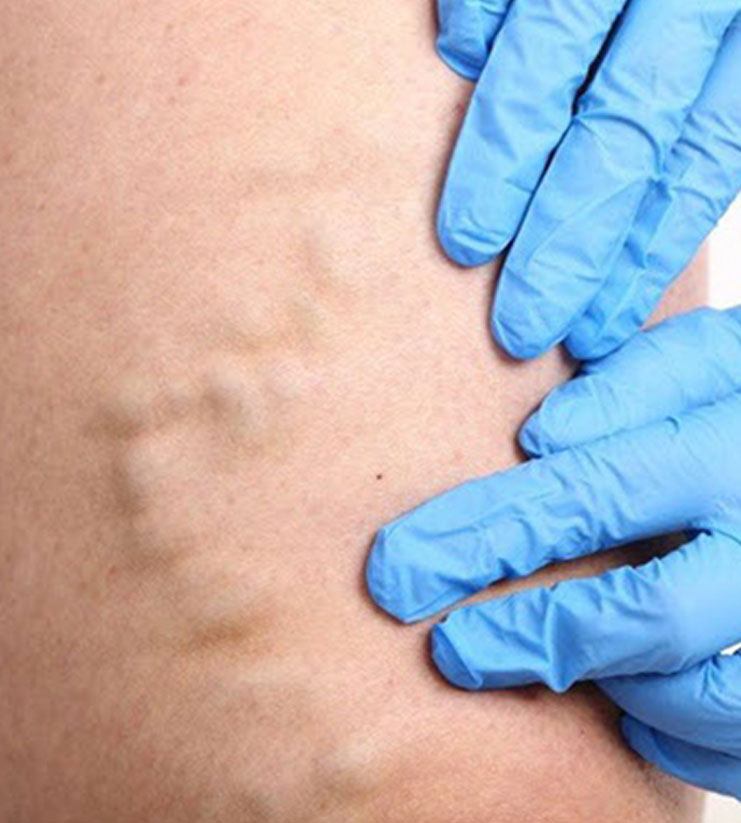
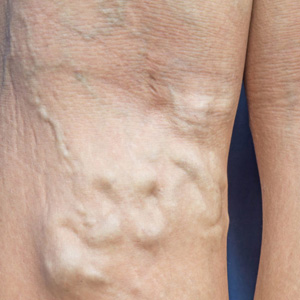
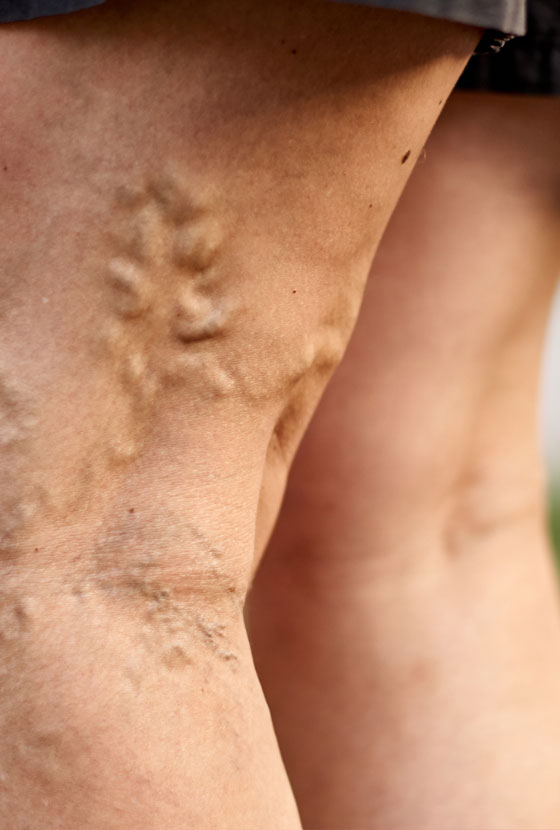
Spider veins
What causes varicose veins?
Spider veins usually increase in frequency and visibility with age.
- Hereditary
- Obesity
- Occupations that require long durations of standing, such as nurses, salon workers, factory workers, teachers
- Use of birth control pills
- Hormonal effects of pregnancy, puberty, and menopause
- Postmenopausal hormonal replacement
- History of blood clots
- Certain health conditions that cause increased pressure on the abdomen, such as constipation or tumors
- Prior vein surgery
- Long exposure to UV rays
- Trauma to the skin
ALOHA VEIN
Varicose Veins Treatment
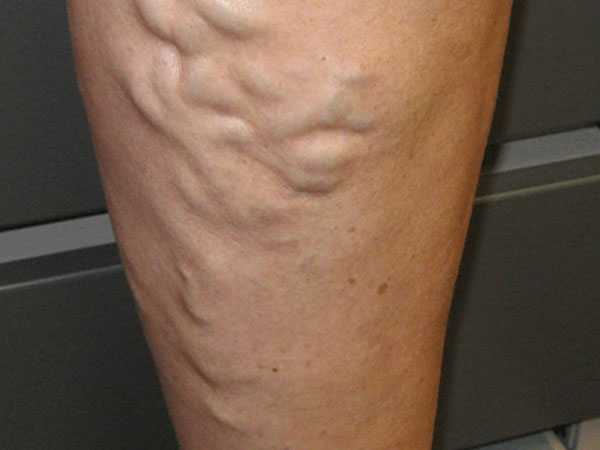
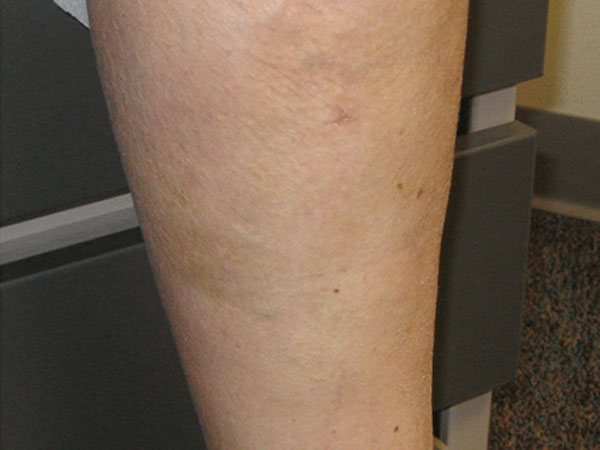
Compression Socks/Stockings
Compressions socks are the first and most conservative step in the treatment of varicose veins. Wearing compression socks places pressure on the veins in the lower legs and help to improve the blood flow. They also help to relieve swelling and lower the risk of blood clots in the leg.
VenaSeal Closure
A small incision is made to access the vein. A catheter delivers radiofrequency energy to the vein wall, causing it to heat, collapse and seal shut. Once the diseased vein is closed, blood circulation is diverted to other healthy veins. As normal return flow is established, your symptoms will improve considerably.
ClosureFast
Using ultrasound, a catheter is inserted into the diseased vein through a small incision. The small catheter delivers heat to the vein wall, causing it to shrink and the vein to seal closed. Once the diseased vein is closed, blood will be re-routed to nearby health veins.
Microphlebectomy
Occasionally, veins near the surface of the skin are too large to treat with sclerotherapy (which may cause brown pigment spots with larger veins close to the skin surface) and are too small to treat with laser ablation. In these cases, microphlebectomy, also referred to as stab phlebectomy, is sometimes recommended to treat unsightly or painful leg veins close to the skin’s surface.
most trusted vein clinic
Vascular Treatments
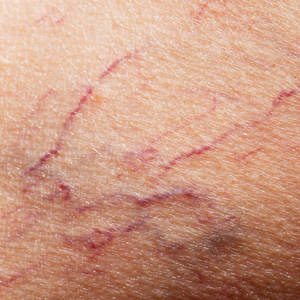
Sclerotherapy
Tiny needles are used to inject a solution directly into the vein. This solution irritates the lining of the blood vessel, causing it to collapse. Over time, the vessel turns into scar tissue that fades over time.
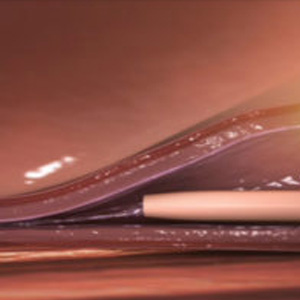
VenaSeal
The VenaSeal system delivers a small amount of a specially formulated medical adhesive to seal the diseased vein, rerouting blood to nearby healthy veins.
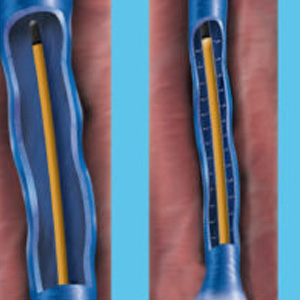
ClosureFast
A small incision is made to access the vein. A cathetar delivers radiofrequency energy to the vein wall, causing it to heat, collapse and seal shut. Once the diseased vein is closed, blood circulation is diverted to other healthy veins.
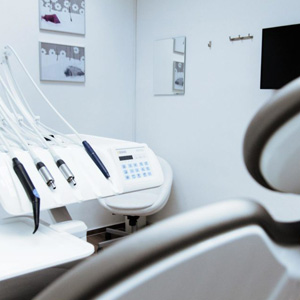
Microphlebectomy
Microphlebectomy is sometimes recommended to treat unsightly or painful leg veins close to the skin’s surface. With microphlebectomy, varicose veins are removed through small punctures, which leave virtually no scars.

We serve the entire Hawaii area
Take Care
Prevention Varicose Veins
- Wearing sunscreen
- Maintaining a healthy weight through exercise and diet
- Wearing compression socks/stockings
- Staying mobile by avoiding sitting or standing for extended periods
- Elevating your legs to prevent blood from pooling in your lower extremities